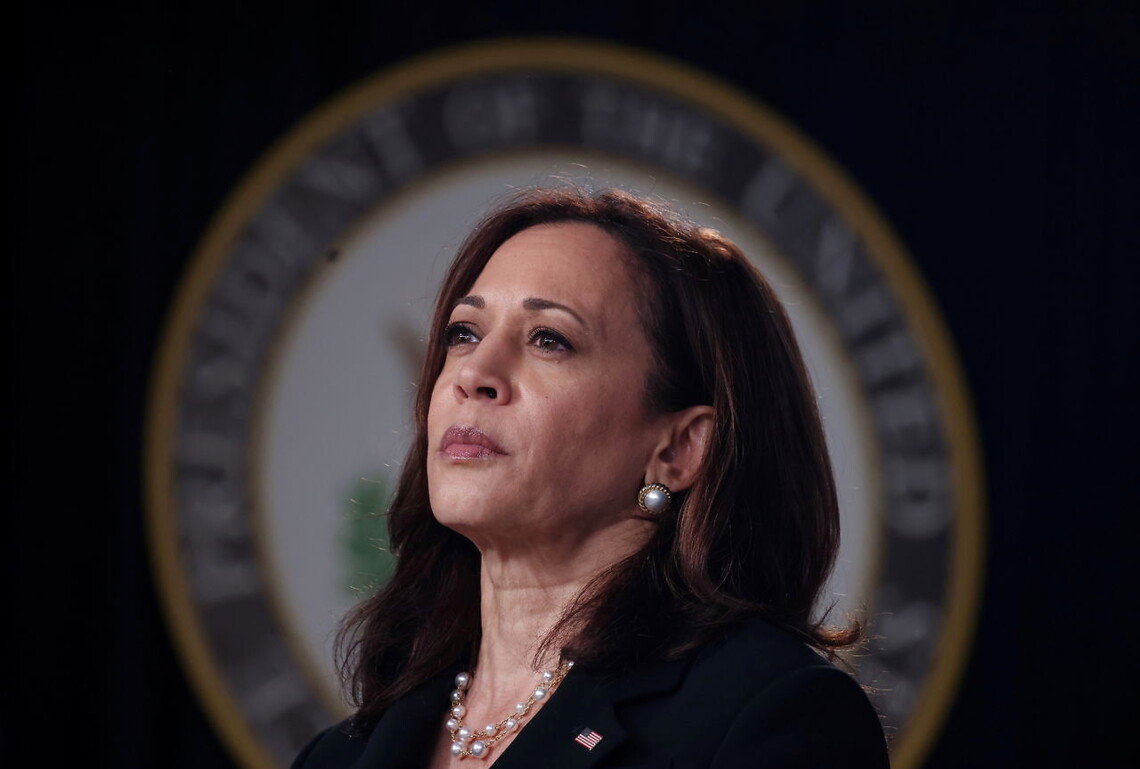US Military Helicopter Accident: Immovable Government, Deepening Distrust
There may be some who feel an emergency landing is not too serious. However, if an 18-meter helicopter weighing more than 5 tons were to fall with a thunderous roar merely 120 meters from your house, just how terrified would you be? This matter cannot be merely brushed under the carpet by saying, “We’re lucky there was no significant damage.”
The helicopter, which belonged to Marine Corps Air Station Futenma in Ginowan, was said to have made an emergency landing on June 2 at around 11 p.m. after a warning light came on.
There are a number of things about this incident that are unacceptable. The first is the U.S. military’s explanation that the helicopter was participating in training at the time of its malfunction.
To reduce the burden American military bases inflict on Okinawa, the American and Japanese governments agreed in 1996 to limit the flights of U.S. military aircraft between 10 p.m. and 6 a.m. to prevent noise pollution. Training at 11 p.m. would clearly be in violation of this agreement.
The problem is that the U.S. military allows an exception for flights that are “operationally necessary.” The result is that everything is up to the U.S. military’s discretion and that around Futenma, there are areas that, on average, experience more than 30 noise pollution incidents per month. We should not allow this agreement to become any more hollow than it already is.
It is also hard to accept the Japanese government’s response to these incidents.
In Uruma, there were emergency and crash landing incidents of U.S. military aircraft in 2015, 2017 and 2018. This time, the mayor of Uruma once again issued a request to the Japanese government that flights over residential areas and night-time training not be carried out. Minister of Defense Nobusuke Kishi and Chief Cabinet Secretary Katsunobu Kato, however, simply repeat abstract responses like, “We will demand a thorough adherence to safety protocols.”
What the government should do to protect the lives and property of its citizens is the following: lodge a severe protest and, at least until the cause of the incident is made clear and policies to prevent its recurrence are drawn up, request that flights of this type of aircraft be paused. What happened to the promise of the previous government of Shinzo Abe, which said that it would do “everything it could to reduce the burden on Okinawa”?
Two years ago, following a series of incidents with U.S. military aircraft, guidelines for dealing with these were revised and the Japanese side was allowed to enter the restricted area around such incidents “speedily, and at an early stage.” However, actions such as getting near the aircraft and conducting an internal investigation still require the American side’s approval. It is necessary to verify to what degree the Japanese side is able to carry out investigations and devise a plan to improve these both operationally and systemically on both sides.
U.S. military aircraft do not just fly in Okinawa’s skies. Irregular low-altitude flights have been witnessed recently across Japan, and people’s anxiety is increasing. The National Governors’ Association has appealed for the wholesale revision of the U.S.-Japan Status of Forces Agreement, which is the reason these sorts of dangerous activities are allowed. The government, though, is not budging.
This incident was by no means just someone else’s problem. Recognizing this, we want to scrutinize the government’s handling of such incidents from now on.

